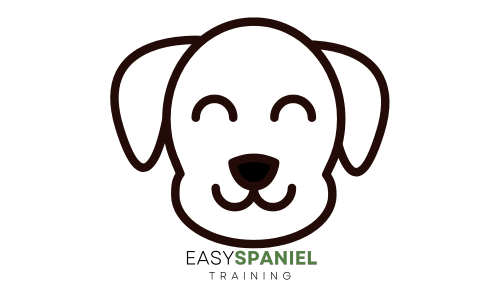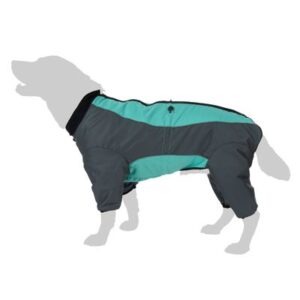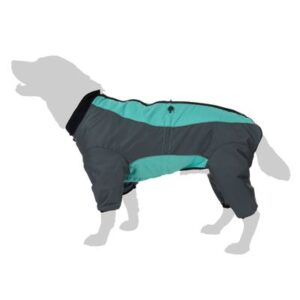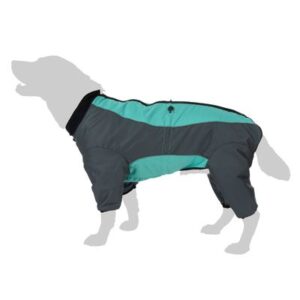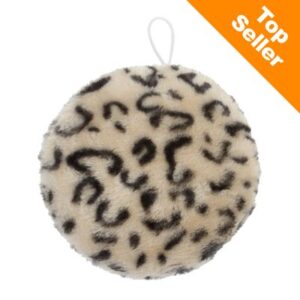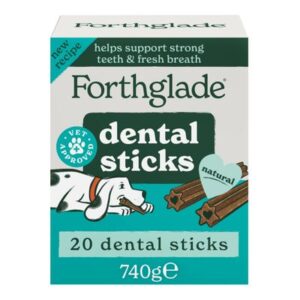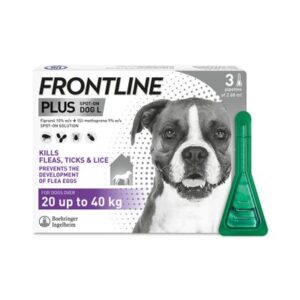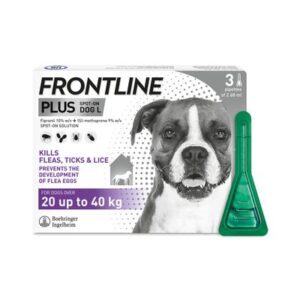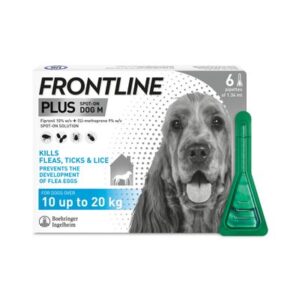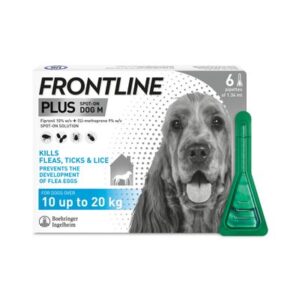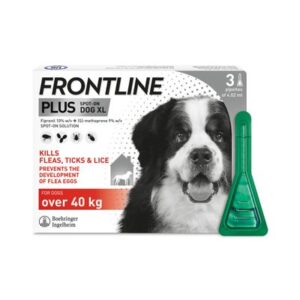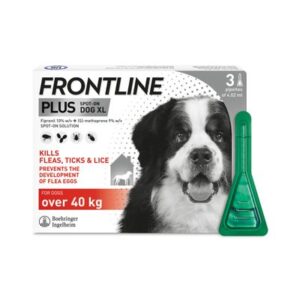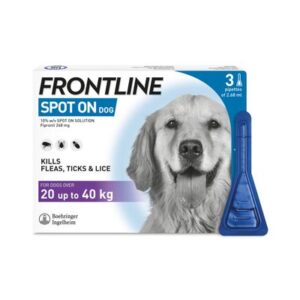Get Great Deals On Gundog Gear at www.goygar.com
Shop
Showing 65–80 of 391 results
-
Dog Overall – Mint | zooplus.co.uk
£29.89 -
Dog Overall – Mint | zooplus.co.uk
£29.89 -
Dog Overall – Mint | zooplus.co.uk
£29.89 -
Dotti Plush Toy | zooplus.co.uk
£0.99 -
EYENIMAL Flea Control Comb | zooplus.co.uk
£14.29 -
Forthglade Natural Dental Sticks for Dogs | zooplus.co.uk
£1,080,107,915.87 -
FRONTLINE® HomeGard Flea Spray | zooplus.co.uk
£115,923,189.85 -
FRONTLINE® HomeGard Flea Spray | zooplus.co.uk
£113,922,789.68 -
FRONTLINE® Plus Spot On for Dogs – L (20-40kg) | zooplus.co.uk
£262,987,622.35 -
FRONTLINE® Plus Spot On for Dogs – L (20-40kg) | zooplus.co.uk
£260,987,022.18 -
FRONTLINE® Plus Spot On for Dogs – M (10-20kg) | zooplus.co.uk
£259,986,622.09 -
FRONTLINE® Plus Spot On for Dogs – M (10-20kg) | zooplus.co.uk
£259,986,622.09 -
FRONTLINE® Plus Spot On for Dogs – S (2-10kg) | zooplus.co.uk
£39,096.52 -
FRONTLINE® Plus Spot On for Dogs – XL (40-60kg) | zooplus.co.uk
£278,993,023.71 -
FRONTLINE® Plus Spot On for Dogs – XL (40-60kg) | zooplus.co.uk
£290,997,024.73 -
FRONTLINE® Spot On for Dogs – L (20-40kg) | zooplus.co.uk
£218,973,018.61
